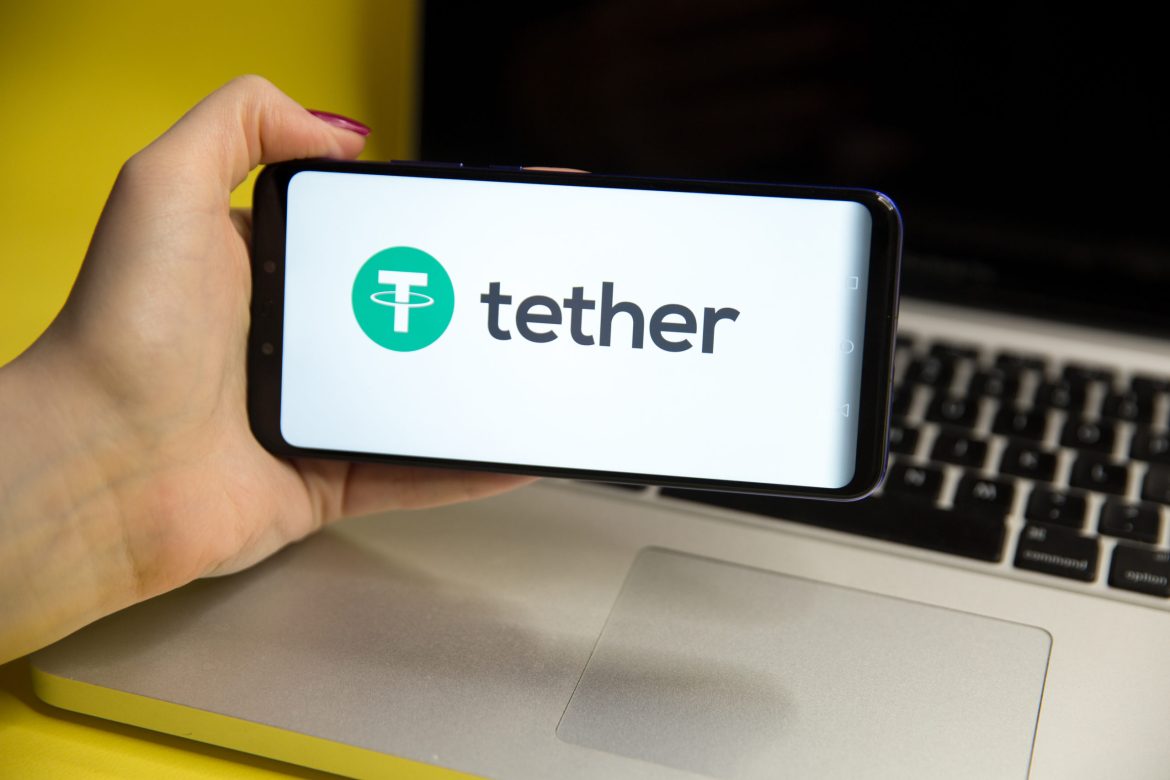The largest stablecoin issuer, Tether, has been excluded from the European Union’s latest MiCA regulation approvals, which granted licenses to 10 stablecoin providers.
This move highlights the EU’s strict stance on crypto asset regulations, raising concerns about market restrictions and potential delistings of USDT within the bloc.
EU approves 10 stablecoin issuers under MiCA
The Markets in Crypto-Assets (MiCA) regulation, aimed at overseeing stablecoins and crypto-asset service providers (CASPs), has approved Banking Circle, Circle, Crypto.Com, Fiat Republic, Membrane Finance, Quantoz Payments, Schuman Financial, Societe Generale, StabIR, and Stable Mint.
These firms have issued a combined 10 euro-pegged stablecoins and five US dollar-pegged stablecoins, aligning with MiCA’s compliance requirements.
𝐌𝐢𝐂𝐀 50-𝐃𝐚𝐲 𝐒𝐭𝐚𝐭𝐮𝐬 𝐔𝐩𝐝𝐚𝐭𝐞: 𝐅𝐮𝐥𝐥 𝐋𝐢𝐬𝐭 𝐨𝐟 𝐀𝐮𝐭𝐡𝐨𝐫𝐢𝐳𝐞𝐝 𝐒𝐭𝐚𝐛𝐥𝐞𝐜𝐨𝐢𝐧 𝐈𝐬𝐬𝐮𝐞𝐫𝐬 & 𝐒𝐞𝐫𝐯𝐢𝐜𝐞 𝐏𝐫𝐨𝐯𝐢𝐝𝐞𝐫𝐬 🇪🇺
50 days after MiCA’s full entry into application, here’s where we stand according to the latest ESMA interim…
However, Tether’s exclusion means that crypto platforms in the EU have started delisting USDT, a significant development considering Tether’s $141 billion market capitalization.
Without MiCA approval, Tether’s future within the European market remains uncertain, leading to speculation about the stability of stablecoin markets under MiCA regulations.
Tether shifts focus beyond the EU
While Tether has not received MiCA approval, the company is actively expanding its global footprint.
Recently, it proposed acquiring a 51% stake in a South African energy company, signaling a diversified investment strategy beyond crypto assets.
Additionally, Tether has increased its sports industry presence, investing in Juventus, aligning with its broader business model expansion into AI, biotech, and energy sectors.
Experts warn that MiCA’s stringent rules could isolate the EU crypto market, making it less attractive to foreign firms.
Crypto experts say over-regulation might drive crypto companies to relocate outside the EU, reducing market competitiveness.
While MiCA aims to provide regulatory clarity, some analysts believe the focus on compliance over innovation could limit options for European crypto users.
As firms seek more flexible regulatory environments, the EU risks falling behind in the global crypto economy.
Tether’s exclusion from EU approval under MiCA has sparked debates about regulatory fairness, with the stablecoin issuer calling the move “hasty and unwarranted.”
Meanwhile, investors are watching closely as MiCA-compliant stablecoin issuers take center stage in the European digital asset market.
The post Tether excluded from MiCA approval as EU grants regulatory nod to 10 stablecoin issuers appeared first on Invezz

